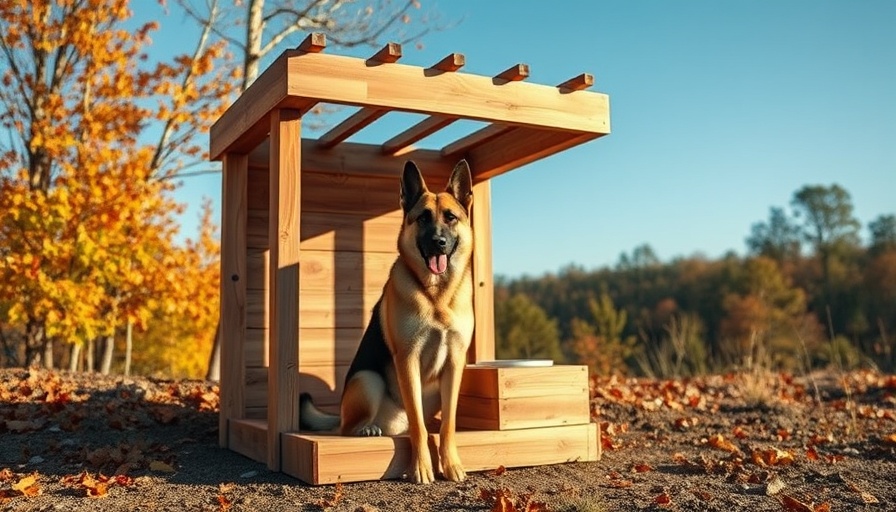
Understanding Laminate Flooring: A Durable Choice
Laminate flooring has emerged as a popular choice for homeowners seeking stylish and resilient flooring options. These floors simulate the appearance of wood and stone while offering a high level of durability. One of the key benefits of laminate flooring is its ability to withstand daily wear and tear, making it ideal for high-traffic areas. However, even the toughest surfaces are vulnerable to damage, and addressing these issues promptly can prolong the life of your flooring.
Common Causes of Damage
Several factors can lead to damages in laminate floors. From heavy furniture to spills and drops of sharp objects, mishaps can create scratches, dents, and even water damage. Understanding these origins can empower homeowners to take preventative steps and react quickly when damage does occur.
Easy Fixes for Minor Scratches
Worried about small scratches ruining your beautiful laminate floors? Thankfully, there are simple remedies available that can help restore their shine.
1. Clean the Area: Start by removing any dust or dirt from the scratched area. Use a damp cloth for effective cleaning.
2. Repair Kits: Purchase a laminate floor repair kit tailored to your specific flooring texture. These kits often include various tools essential for effective fixes.
3. Using a Floor Repair Marker: One effective tool in your kit is a repair marker, which can disguise minor scratches with ease. Simply color over the scratch and allow it to dry for at least 30 minutes.
4. Applying Putty: If scratches are deeper, use a putty knife to apply putty over these marks. Allow the putty to dry completely before sanding it down to even out the surface.
5. Finishing Touches: To achieve a smooth finish, quickly clean away any excess putty with a damp cloth, preventing it from drying on the surface.
Addressing Water Damage: A Timely Response
Regardless of laminate flooring’s water-resistant properties, prolonged exposure to moisture can lead to significant damage. Here are key steps you should take:
1. Mold Removal: First and foremost, it’s crucial to remove mold, which can develop when water is left standing. Inspect the affected area and treat it promptly to avoid further issues.
2. Replace Damaged Planks: In cases of substantial water damage, you may need to remove and replace entire planks. This requires caution and can be a daunting task, making it wise to consult a professional if needed.
3. Dry the Area: Ensure that the area is completely dry before re-installing any flooring. Use dehumidifiers or fans to assist in drying out the space. Timely action is key to preventing the spread of damage.
Keeping Up With Maintenance: Proactive Measures
Prolonging the life of your laminate flooring starts with regular maintenance. Here are a few proactive measures:
- Place rugs or mats at entryways to avoid dirt and moisture getting tracked onto the floor.
- Use furniture pads to prevent scratches and dents from heavy furniture.
- Regularly clean your floors with the appropriate cleaning agents to keep them looking fresh.
The Value of Expert Advice
Determining how to appropriately repair laminate flooring may feel overwhelming, especially for homeowners faced with complex damage. Consulting with flooring experts can offer invaluable insights tailored to your specific needs. By sharing their experiences, they can provide guidance on both preventative tactics and effective repair strategies.
In conclusion, while laminate flooring can endure quite a bit, awareness of potential damages and addressing them quickly can keep your floors looking beautiful for years. Whether you choose to take on DIY repairs or seek professional help, having the knowledge of how to manage these issues makes a difference. Take action today - assess your flooring and embark on a maintenance routine before small blemishes turn into bigger problems.
 Add Row
Add Row  Add
Add 


Write A Comment